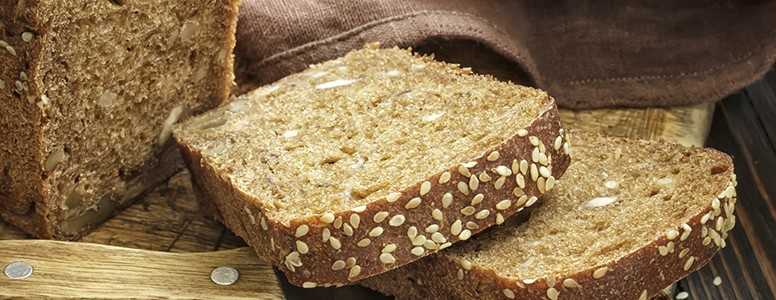There are no significantly different outcomes among women at risk for gestational diabetes who eat a high-fibre diet or low-glycemic (GI) index diet, a new study suggests.
A low-glycemic index diet involves eating food that is broken down more slowly by the body, such as whole grain bread, while the high-fiber diet focused on eating moderate-GI foods.
The Boden Institute of Obesity, Nutrition, Exercise and Eating Disorders of Sydney Medical School evaluated 139 women at 14-20 weeks gestation. The average age of the participants was 34.7 years, while the mean BMI was 25.2 kg/m2.
After being randomly assigned to the low-GI or high-fibre diets, the women’s diet was monitored using three-day food records. Pregnancy outcomes were assessed through medical records.
At 36 weeks, the low-GI group achieved a lower GI than the high-fibre group, but there were no differences in HbA1c, birth weight or incidences of gestational diabetes.
Lead researcher Tania P. Markovic, PhD, FRACP, wrote: “In conclusio, we found that a low-[glycemic index] diet commenced early in the second trimester in women at high risk of [gestational diabetes] resulted in no apparent advantage over a conventional healthy diet.
“The offspring of both groups had mean birth weight, birth weight centile and neonatal adiposity within the normal range. Importantly, a low-[glycemic index] diet did not result in any increased risk of adverse outcomes, and the insulin dose requirement was lower in women who developed [gestational diabetes}.”
The findings from this study were published in Diabetes Care.
What's new on the forum? ⭐️
Get our free newsletters
Stay up to date with the latest news, research and breakthroughs.





